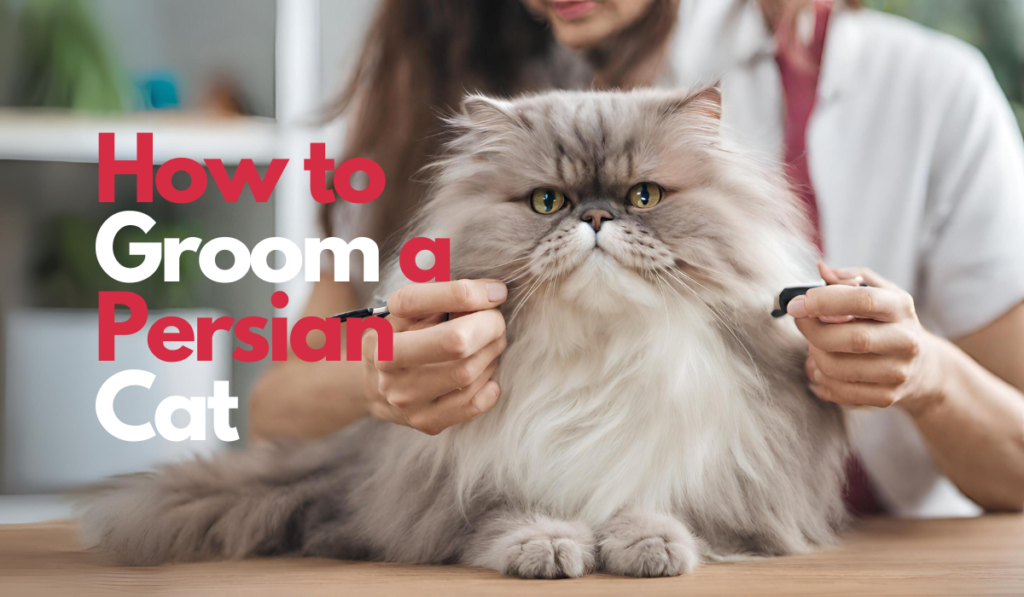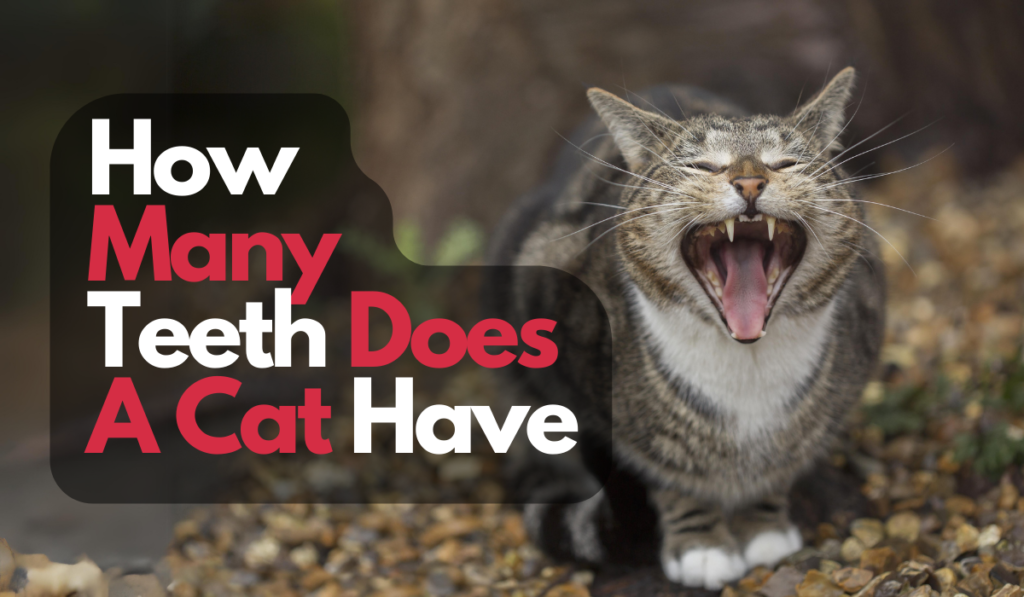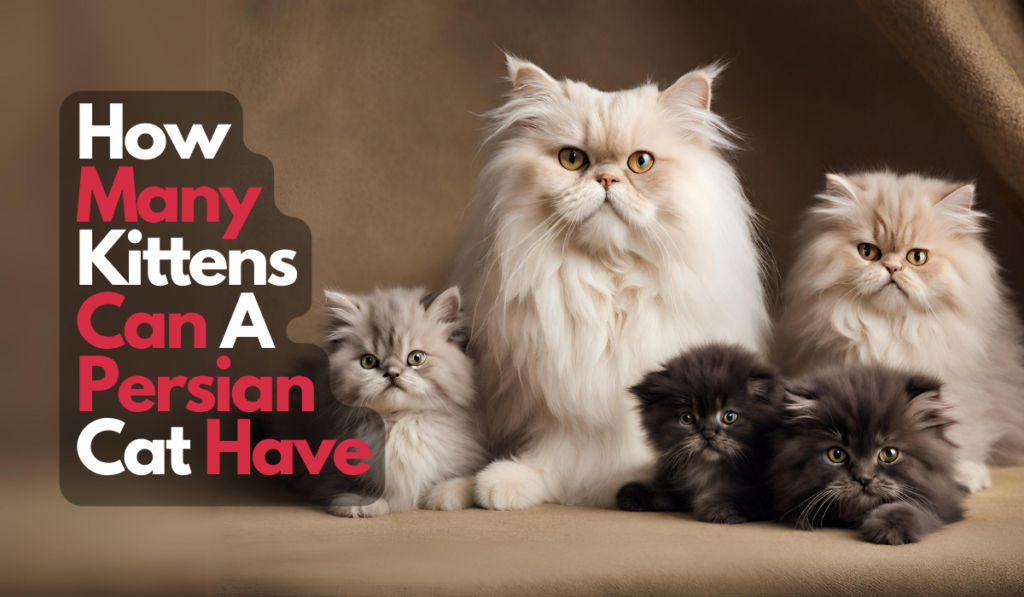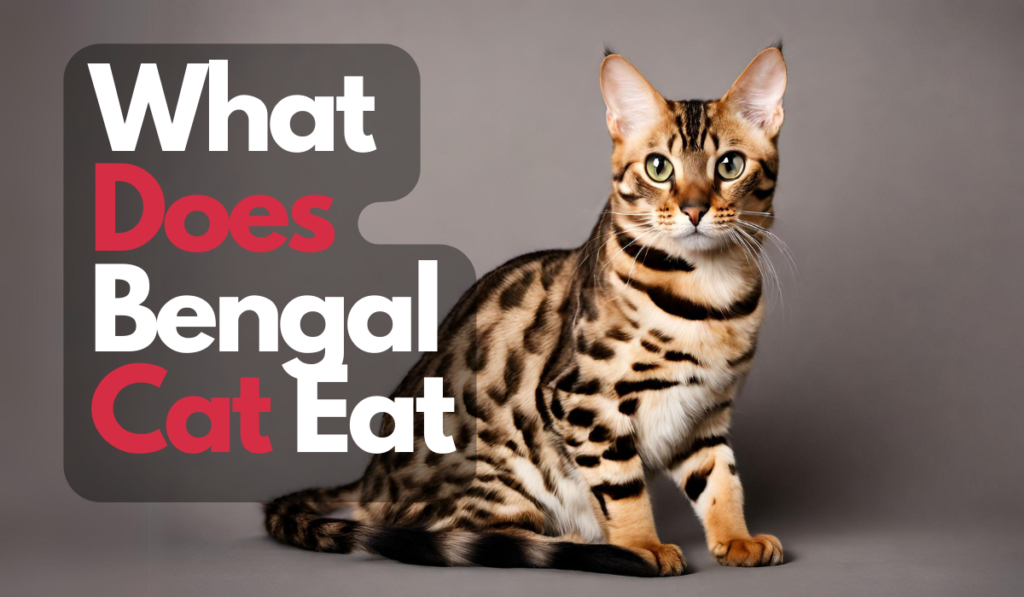One of the best loved cat breeds includes the Persian cat that is famous for its soft, long and thick fur along with affectionate appearance. On the other side, these cats are susceptible to several widespread illnesses.
Persian cats possess some peculiarities connected with their selective breeding. These are flat faces, short noses and long furs. This makes them vulnerable to many diseases. The presence of these traits can cause problems like congestion (with difficulty in breathing), eye secretions, tooth decay among others.
Other important health problems encountered with Persian Cats include Polycystic Kidney Disease (PKD), Hip Dysplasia, and hypertrophic cardiomyopathy (HCM).
Therefore, it is vital to be familiar with the usual health issues of Persian cats to prevent them or detect them quickly when treatment is most effective. Such regular vet checkups helps in detecting and treating the health problems at the initial stage itself.
This article will mainly focus on the common health problem in Persian Cats along with signs, prevention, and remedies.
Understanding the Unique Health Problem in Persian Cats
Persian cats, with their long, silky coats and sweet personalities, are a popular breed worldwide. However, they have unique health needs that every prospective and current Persian cat owner should understand.
- Genetics and Health Issues: Persian cats are prone to certain health problems due to their genetics. These include Polycystic Kidney Disease (PKD), Progressive Retinal Atrophy (PRA). Regular veterinary check-ups can help detect these conditions early.
- Respiratory Problems: The breed’s distinctive flat face can lead to respiratory issues. Brachycephalic Obstructive Airway Syndrome (BOAS) is common in Persian cats, leading to symptoms like noisy breathing and frequent panting. It’s crucial to keep your Persian cat in a cool environment and avoid stress that could exacerbate these issues.
- Eye Conditions: Persian cats are also susceptible to eye conditions due to their brachycephalic nature. They often suffer from excessive tearing, which can lead to tear staining on the face, and eye infections. Regular cleaning can help prevent these issues.
- Grooming Needs: Their long, dense coat requires daily grooming to prevent matting and hairballs. Regular grooming sessions are also an excellent opportunity to check for skin conditions, another common health issue in Persian cats.
- Dental Diseases: Like all cats, Persians are prone to dental diseases like periodontitis and gingivitis. Regular dental check-ups and a good dental hygiene routine can help prevent these issues.
Understanding the Health Problem in Persian Cat provides the best care for these feline friends. Regular veterinary care, a suitable environment, and a good grooming routine are key to keeping your Persian cat healthy and happy.
Respiratory Challenges in Persian Cats
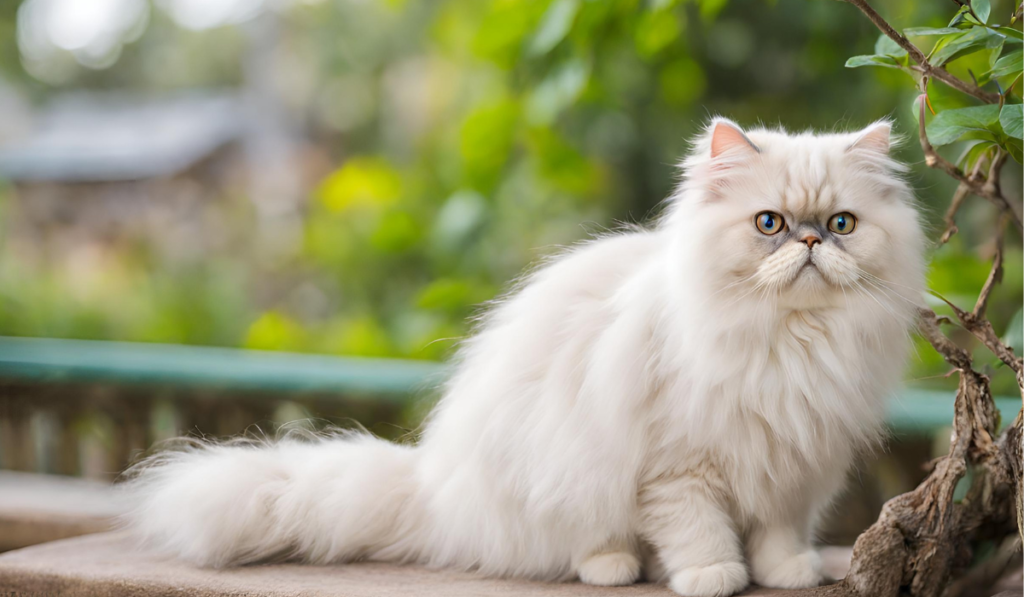
Persian cats, with their long, silky coats and sweet personalities, are a popular breed worldwide. However, they are prone to certain health issues, including respiratory challenges, due to their unique physiology.
The most common respiratory issue in Persian cats is Brachycephalic Obstructive Airway Syndrome (BOAS). This condition is a direct result of the breed’s distinctive flat face and short nose. The shortened skull bones can lead to narrow nostrils and elongated soft palates, causing difficulty in breathing.
Symptoms of BOAS include noisy breathing, frequent panting, intolerance to exercise, and blue gums due to lack of oxygen. In severe cases, it can lead to life-threatening situations. Therefore, it’s crucial for Persian cat owners to be aware of these signs.
What is the other health problem in Persian cat? Another respiratory problem Persian cats may face is Polycystic Kidney Disease (PKD). While primarily a kidney disease, PKD can lead to high blood pressure, causing fluid build-up in the lungs and resulting in difficulty breathing.
Due to their weak immune systems, Persian cats are also prone respiratory infection. The infections range from having simple colds to severe pneumonia. These infections can be prevented through regular vaccinations and good hygiene.
Managing respiratory issues in Persian cats involves regular vet check-ups, maintaining a healthy weight to reduce breathing difficulties, and providing a stress-free environment as stress can exacerbate these conditions.
With proper care and regular veterinary supervision, these issues can be managed effectively, ensuring the cat leads a comfortable and happy life.
Eye Conditions Common in Persian Cats
Is there eye health problem in Persian cats? Yes, while Persian cats are known for their large, expressive eyes, these beautiful features can be prone to several health issues. One common condition is Progressive Retinal Atrophy (PRA), a degenerative eye disorder that eventually leads to blindness. Early detection through regular veterinary check-ups can help manage this condition.
There is also Entropion, which is a common problem where the upper eyelid rolls inward, thus irritating the cornea with eyelashes. If left unattended, it may result in discomfort or in worse cases, tearing of the cornea.
Persian cats are also susceptible to tear staining due to their shortened nasal passages. This can lead to excessive tearing, which stains the fur around the eyes. Regular cleaning can help prevent this issue.
Digestive Problems in Persian Cats
Persian cats, adored for their plush coats and sweet dispositions, are unfortunately prone to certain digestive problems. One of the most common is Hairballs. Due to their long fur, Persian cats often swallow a lot of hair which can form hairballs in their digestive tract. Regular grooming can help reduce the formation of hairballs.
In addition, the Persian Cat Hepatic Lipidosis is a common health problem in Persian cat . This is often the case if a cat stops eating for three days followed by rapid weight loss and jaundice which causes the eyes and skin to become yellow.
Another disease that affects Persian cats is inflammatory bowel disease (IBD). The symptoms include vomiting, diarrhoea, and weight loss which results from its inflammatory effects on the cat’s intestines.
Skin and Coat Problems in Persian Cats
Persian cats have long, dense coats that require regular grooming. Neglecting this can lead to matting and skin infections. Regular brushing helps prevent these issues and keeps the coat shiny and healthy.
They are also prone to Dermatophytosis, a fungal infection commonly known as ringworm. Symptoms include circular patches of hair loss, scaling, and redness. Early detection and treatment are crucial to prevent spreading.
What are some common health problem in Persian cat? Persian cats can suffer from Seborrhea, a skin condition that causes flaky skin (dandruff) and greasy fur. Regular baths with medicated shampoo are often necessary to manage this condition.
Dental Health Concerns in Persian Cats
Persian cats, like other breeds, are susceptible to various dental health issues. One of the most common is Periodontal Disease, a condition where plaque and tartar build-up leads to inflamed gums, bad breath, and eventually tooth loss. Regular brushing and professional dental cleanings can help prevent this disease.
Another concern is Tooth Resorption, a painful condition where the cat’s body begins to destroy its own teeth. The cause is unknown, and extraction is often the only treatment option.
Persian cats may also suffer from Malocclusion due to their brachycephalic (flat-faced) nature. This can lead to misaligned teeth causing difficulty in eating and oral discomfort.
Lastly, Stomatitis, an extreme inflammation of the mouth and gums, can also affect Persian cats. It’s a painful condition often requiring ongoing medical management.
Can these common health problem in Persian cat be fixed? A balanced diet and good oral hygiene practices can also contribute significantly to a Persian cat’s dental health.
Preventive Measures for Persian Cat Health Issues

Persian cats are highly sought-after for being very attractive in appearance and temperament. Nonetheless, this can breed does have specific health problems, as evidenced by their physiology. The following are some preventive methods to keep your Persian cat in good health.
- Regular Vet Check-ups: It is important to have periodic veterinary visits for early diagnostic of diseases. Usually, these examinations involve the physical body inspection, oral health evaluation and eye screening.
- Proper Nutrition: A balanced diet is essential for the overall health of your Persian cat. This helps in controlling one’s weight since overweight issues give rise to many ailments such as arthritis and diabetes in cats. Your vet may recommend special diet for conditions like kidney disease too.
- Oral Hygiene: Dental diseases are common in Persian cats. Regular brushing of your cat’s teeth and providing dental-friendly toys and treats can help prevent plaque build-up and gum disease.
- Eye Care: Due to their brachycephalic nature, Persian cats often have weepy eyes which can lead to staining and infections. Regular cleaning of the eye area can help prevent these issues.
- Grooming: Persian cats have long, dense fur that requires regular grooming to prevent matting and skin diseases. Brushing your cat’s fur daily not only helps keep the coat and skin healthy but is also a great way to bond with your pet.
- Exercise: Regular play and exercise are important for maintaining your cat’s physical health and mental well-being. Interactive toys and play sessions can help keep your cat active and engaged.
- Stress Management: Stress can exacerbate many health issues in cats. Providing a quiet, safe space for your cat, maintaining a routine, and using pheromone diffusers can help manage stress levels.
- Vaccinations: Regular vaccinations are crucial in preventing many infectious diseases in cats. Your vet can provide a vaccination schedule based on your cat’s age, health condition, and lifestyle.
- Preventive Medications: Giving preventive medication to your cat on regular basis saves them from dangerous fleas, ticks and worms. Consult your veterinarian on the best option for your cat.
Understanding the specific needs of Persian cats, including their breeding patterns and litter sizes, is key to ensuring their well-being and longevity. When considering breeding Persian cats, it’s important to be aware of “how many kittens do Persian cats have,” as this can impact your approach to their care and wellbeing.
Conclusion
The Persian cat is also quite famous due to its characteristic, long-haired coats and charming eyes. Yet, they suffer from specific health problems. For example, they are often characterized by flat faces and may develop breathing problems together with other health conditions such as dental and kidney diseases.
However, through careful attention, these health issues could either be controlled or prevented. This involves regular evaluation through vet check up. Balanced diets can prevent excess weight and its consequences. Making sure your cat’s home is clean will help you prevent infections. One should note that a Persian cat is a special one, being different than other cats.
Consequently, such specific advice given by a veterinarian should be essential. However, there is nothing wrong with Persian cat’s quality of life when it comes to these health problems. Despite all the efforts, they have charming personalities and a warm nature that makes it all worth it. Therefore, let’s keep our Persian friends fit and happy so that they will be able to amuse us as well.


